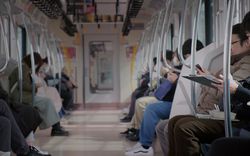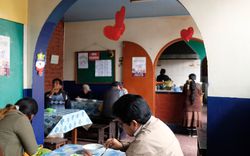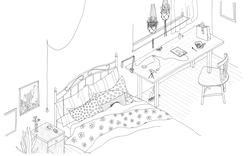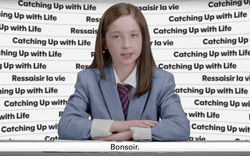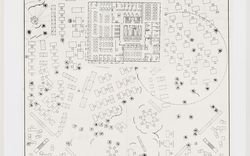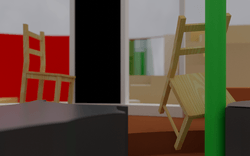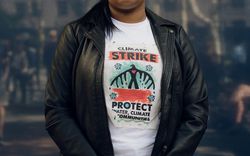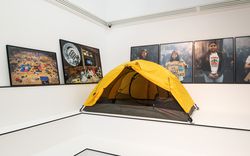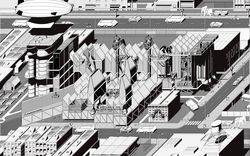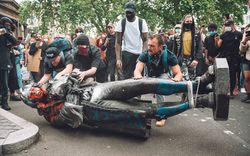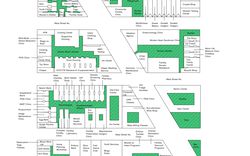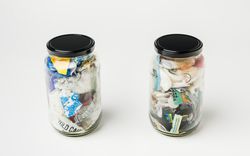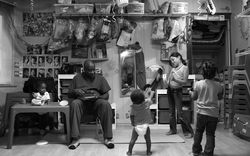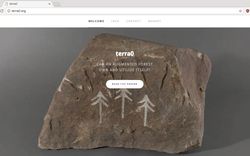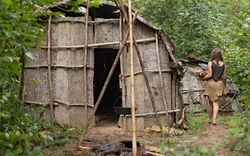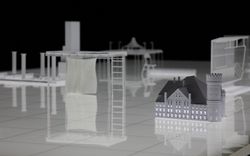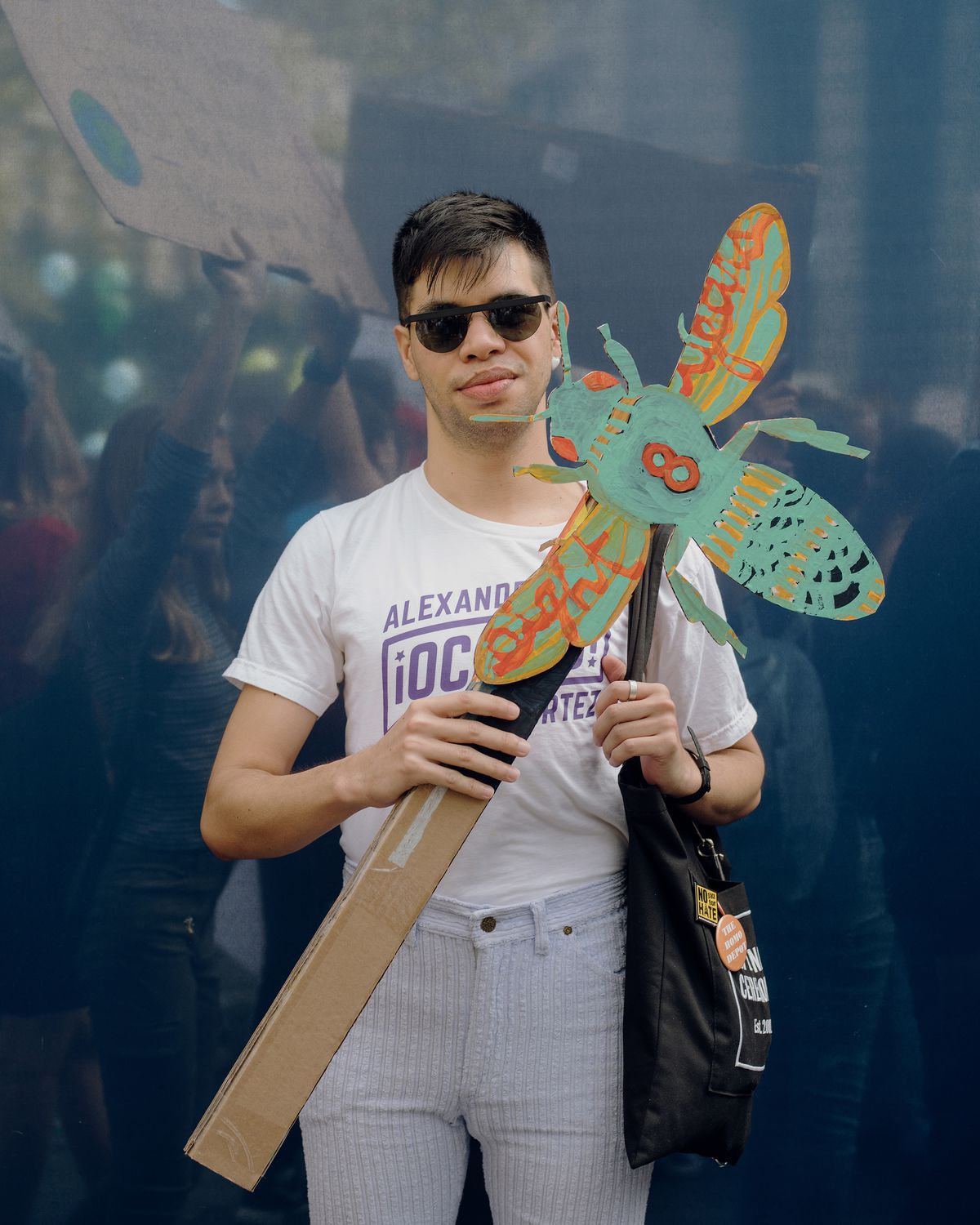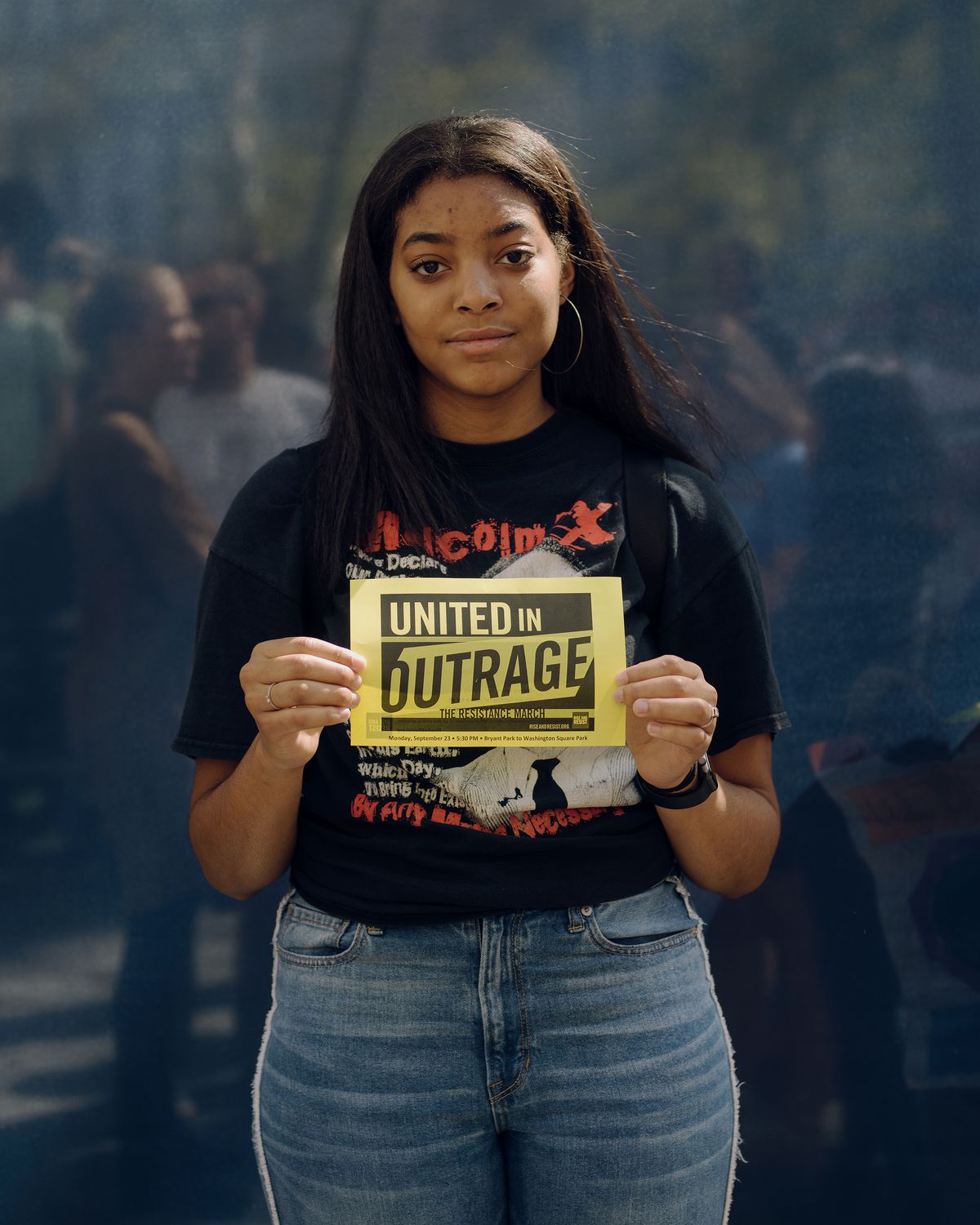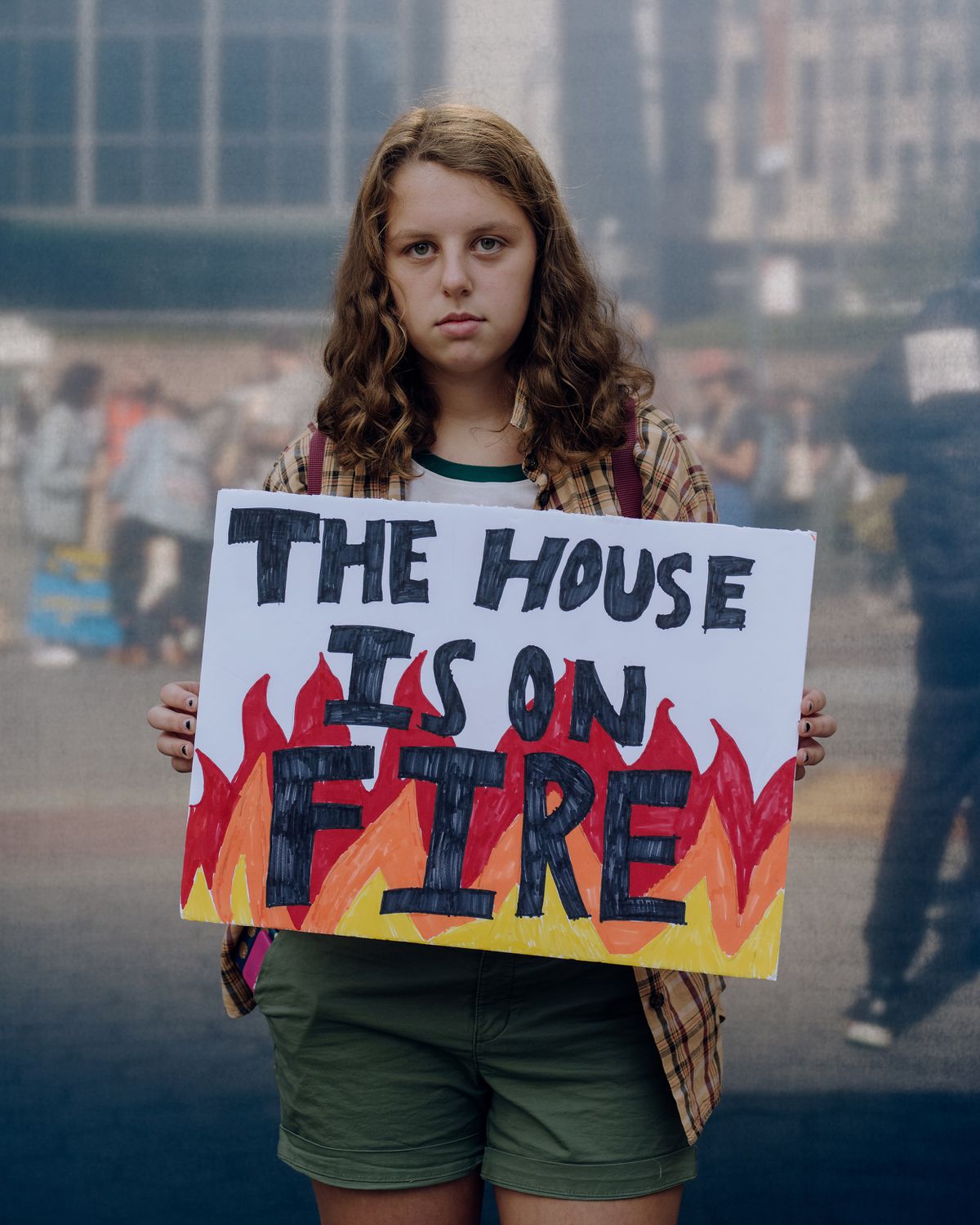A Public Space in Which to Access the Digital Commons
Sumayya Vally considers spaces of action. Photographs by Bryan Thomas.
Traditionally, the role of architecture has been to confine or control space, shaping social experience and relations through static forms. Our architectural vocabulary and forms largely belong to a past era of static space and have not hybridized or morphed to accommodate and inspire changing spatial conditions, to include the shifting, fluid, and amorphous digital, or the history of peoples for whom movement, not stasis, is the predominant experience.
Design expressions for identity and political freedoms and of the digital commons dance allegorically alongside each other. The digital commons holds possibilities for finding architectures for both migration and subverting control, forms of representation alongside themes of diaspora and hybridity, and all that which is fluid, shifting, undefined, continuously redefining, evolving, and mutating.
- 1
- In urban design terminology, we think of “private” and “public,” “inside” and “outside” as static qualities,
- 2
- but our contemporary spatial experiences in the digital public realm belong to a different kind of order: shifting, intangible, scale-less, infinite, not bounded by gravity, geography, or time.
- 3
- Convention: the history of conventions is intrinsically and unavoidably linked to histories of colonization, slavery, and “legalized” exploitations of land, resources, and people.
- 4
- New conventions must be forged:
- 5
- physical, digital, and augmented
- 6
- while listening to the echoes of those who have sought to do this before us, and fearlessly crafting futures in the cracks of the present.
- 7
- All territories are bound.
- 8
- In certain forms, the state’s conventions are the sites that give form to architectures of inclusion and exclusion, where futures are decided, molded, and made.
- 9
- Their forms can be manipulated to carve spaces for dialogue between peoples, cultures, ideas, and ambitions; where politics, the present, and futures are discussed and declared; and through which relations are built, tested, and performed.
- 10
- By definition, هجرة (hijra) refers to “immigrating,” “passing,” or “coming.” It is a word with both Latin and Arabic roots. Historically, it was used to describe Prophet Muhammad’s flight from Mecca to Medina to escape persecution.
- 11
- Included in its etymology are the words for “departure,” “exodus,” and “journey.”
- 12
- Interestingly, in Urdu, the term has also come to mean “fluidity of identity” or a “third identity,” particularly in relation to gender and culture.
- 13
- In this definition, the body is understood to be a literal site of transition,
- 14
- a vessel through which culture and identity journey and in which both are housed.
- 15
- Late 2010: The Arab Spring, a series of anti-government protests, uprisings, and armed rebellions that spread across the Middle East.
- 16
- The revolution spreads swiftly on social media throughout the region, as new protests appeared in response to success stories that had been shared between and across geographies.
- 17
- The use of social media platforms more than doubles in Arab countries during the protests.
- 18
- 23 March 2016: An artificial intelligence chatbot, Tay, is released by Microsoft Corporation via Twitter,
- 19
- causing subsequent controversy when the bot begins to post offensive and inflammatory racist, sexist, and homophobic tweets to its Twitter account. Microsoft shuts down the service only sixteen hours after launching it.
- 20
- June 2020: the most precarious economic and political crisis in Lebanon’s history.
- 21
- July 2020: a famine worse than that of 1918.
- 22
- August 2020: the third largest explosion in world history.
- 23
- Port: a space of crossing, of transition, of crossover. A highly programmed space, akin to an airport, where slippages of control, territory, and access have consequences that far exceed the port’s actual geography.
- 24
- In the so-called developing world, one has only to track the proliferation of trade- and duty-free economic zones that have sprung up around land, air, and water ports to understand their importance to the fiscal growth of any given nation.
- 25
- The port refers to land, air, water, and cyber scapes; may explore edge conditions, trade relations, and cultural exchanges; and can be situated between past and present, between home and away, between the here and the now, between natural and supernatural, and
- 26
- between crossings and controls (of species, of things, and of conditions).
- 27
- Augment: to make greater, larger, or more complete; or of a musical interval: made one half step greater than major or perfect;
- 28
- to claim, reconfigure, correct, fuse.1
- 29
- Sangomas diagnose, prescribe, and perform rituals to heal people physically, mentally, emotionally, and spiritually.
- 30
- Johannesburg, 2020: “Connect with your ancestors” advertisements for Facebook and Whatsapp consultations and treatments with sangomas and traditional healers.
- 31
- Divination: healing physical, emotional, and spiritual illnesses, directing birth or death rituals, finding lost cattle, protecting warriors, counteracting witchcraft, and narrating the history, cosmology, and myths of their traditions.
- 32
- Traditional healers are consulted by more than sixty percent of South Africans.
- 33
- Claim heritages, reconfigure, and uncover histories; fuse places, times, geopolitics, and geopoetics.
- 34
- Perhaps, in this project, an African and Arab (Summer) Sun rises over the digital square, and communities of women, diasporic groups, Arabs and non-Arabs, BIPOCs, gender-fluid people, multi-religious, -literate, and -abled people, and others are there to greet it.
-
“Augment,” Dictionary.com, https://www.dictionary.com/browse/augment. ↩
This text was written by Sumayya Vally for our upcoming publication A Section of Now. It is published here, alongside photographs by Bryan Thomas, as part of our Catching Up With Life project.

